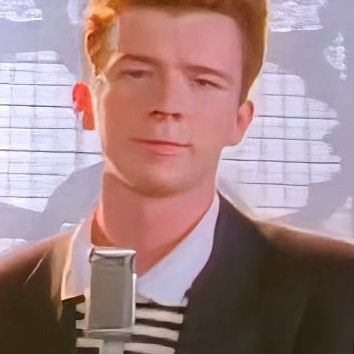

I think he made that up after the fact once it became abundantly clear how dumb hyperloop was. US states, generally, don’t need the help of a billionaire to stay car-brained public transport deniers.


I think he made that up after the fact once it became abundantly clear how dumb hyperloop was. US states, generally, don’t need the help of a billionaire to stay car-brained public transport deniers.


Isn’t part of that just due to the fact that it’s a war economy?


The USSYa?


A conductor performs a number of essential functions for an orchestra:
Generally the conductor is also responsible for the interpretation of the music. Orchestral scores don’t tend to be black&white, and there are a lot of decisions to be made in how to approach a piece. The conductor is the one who makes those decisions.


I’m assuming you own these machines and are forced to pick them open because you lost the key
That definitely would be my assumption. Otherwise it would be stealing from the land-lord, hoo boy, we wouldn’t want that would we?


The problem with the anti-SJW grift was always that there were like 5 videos of 3 different activists that kept going through re-runs, at the end of the line there wasn’t enough fuel for the fire of outrage that it fed upon.


As a Dutch guy, I just can’t relate. Not that I needed extra reasons not to emigrate to TERF island, but this would definitely be one of them if I did.


Tibetan funerals actually involve feeding you to the birds. Which is not to say ‘turning your dead skull into a relic’ isn’t intended to be disrespectful.


Our goal involves creating a compelling progression path for all of our players. There’s a lot of content at launch with even more coming via live service, and we’ll continuously adjust our progression mechanics to give players a sense of accomplishment as they explore all of Battlefront 2
And then you remember the bunch of clowns currently elected to parliament.


Moonfall was funny bad. Atlas is just bad bad.


My torrent client just pinged me that it finished downloading it an hour ago. I watched about 30 minutes, then I figured my time was better spent organising my pocket lint.


Support for victims of genocide, if they are recipients of pell grants and operate a business in a minority neighbourhood for at least two years.


Being able to swim when stationed on a ship sounds way more useful than it actually is. In a ‘man overboard’ situation, it doesn’t help you much, you get fucked by the inertia of a massive ship that can’t just turn around and pick you up. By the time they manage to turn around the ship, the real problem is actually finding you. Even if you’re an excellent swimmer, your chances of survival are very low.


mfw Windows still doesn’t come with a package manager
I’m not a Windows-head (never owned a Windows PC), but MSI’s seem to quack and waggle like a package. If you mean “they don’t have a central repository”, yeah, unless if you count their appstore or whatever they call it.


Wanting to ask a girl out but having to talk to her parents first to get her on the line.


Come to Quark’s, Quark’s is fun, come right now, don’t walk. Run!


We have two Christmas Days, on December 25 and 26. For people in relationships that usually means one day celebrating with your parents, and the other with your inlaws. Lately a lot of people have started observing an unofficial third Christmas Day on the 27th to celebrate with friends.
After being hated by gamergate chuds for over a decade, she pulls this shit. I have to assume that being loathed is just a fetish at this point.